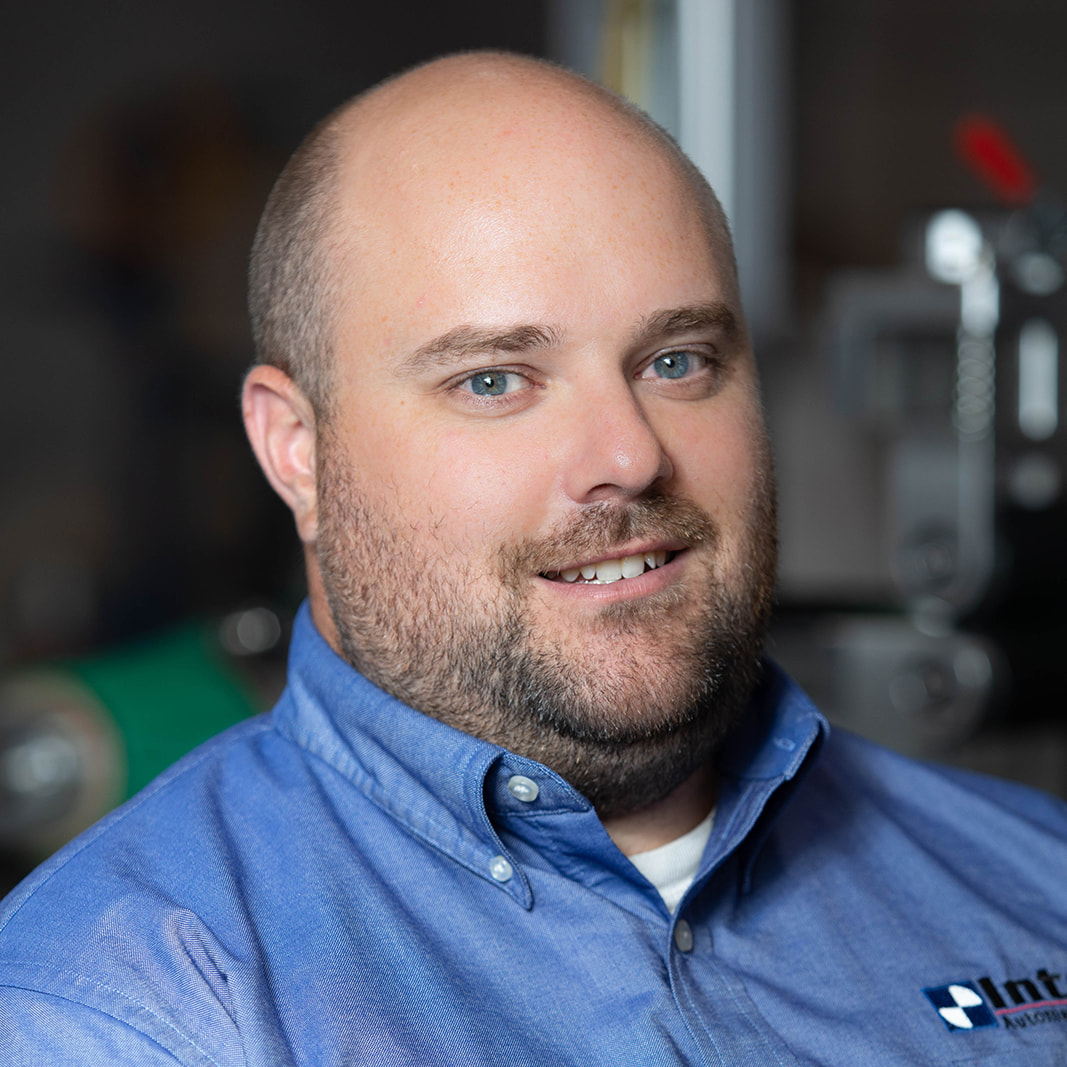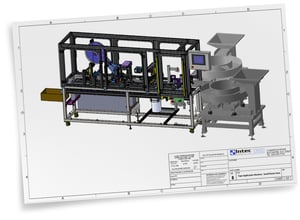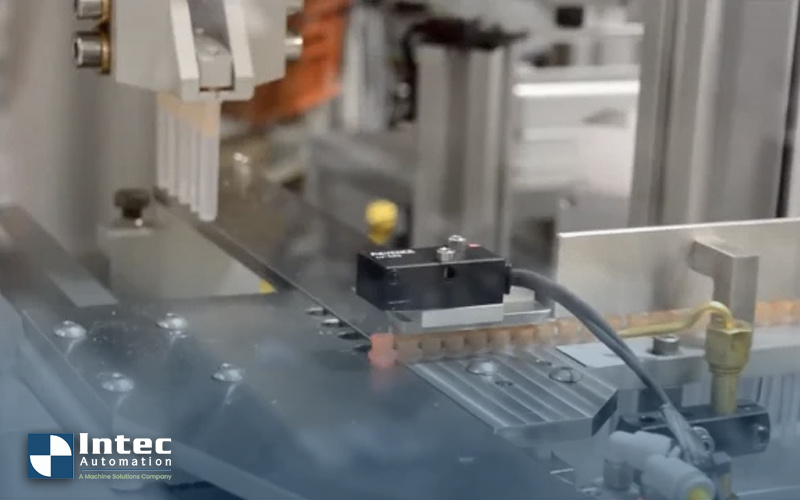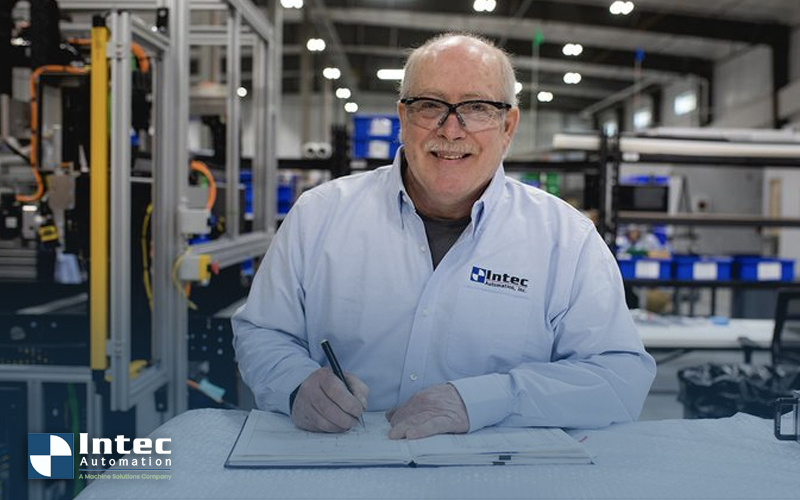Common Issues & Solutions For Ophthalmic Cannula Forming Operations
In the ophthalmic cannula forming industry, pain points persist in the areas of ergonomic and operator safety, consistency, quality, profitability,...
2 min read
 Dane Mooers
:
Jul 22, 2025 9:15:00 AM
Dane Mooers
:
Jul 22, 2025 9:15:00 AM

Custom automation success goes beyond specs and software; it comes down to choosing the right people. The right integrator helps you avoid delays, budget blowouts, and costly mistakes. Here’s how to spot a reliable partner from the start.
Before submitting a proposal or a concept, a good integrator will spend time reviewing and understanding your user requirement specification (URS). They set up a meeting with you, prepare a list of questions and assumptions, and diagnose your current situation. If, during this meeting, they are not asking the right questions or they are interrupting you, that should be a red flag.

It is not uncommon for an automation project to experience some issues during the design and build of the equipment. You need to realize that you are purchasing complex custom equipment. The critical point is how quickly your integrator informs you when an issue arises. The longer there is a delay in communication, the harder it is for you to recover and prepare alternate plans.
The cheapest quote usually means one of two things: corners will be cut, or the real price will emerge later in the form of rework, change orders, and project delays. A reputable integrator will prepare an accurate cost that meets the scope of the project and will not lowball it to win the job. Their transparency sets the tone for the entire project.
If you’re working with a massive integrator on a mid-tier project, you might become invisible to them. On the other hand, if your supplier is too small for the project's complexity, you’ll feel the gap in lead times and machine quality. You want someone with the ability to give your project full attention and quality, start to finish.
Good output depends on accurate inputs. That means supplying your integrator with a complete URS, current drawings, and sample components upfront. Every piece of missing information creates room for error or for change orders that cost you time and money. Do the legwork early. It saves you far more down the line.

Fresh thinking can lead to better results, but only if it still meets the requirements. When reviewing concepts, ensure that the integrator has captured all your specifications. Ensure that they are meeting your cycle time requirements. Ask how they will handle bad parts so that you do not ship a bad product. This isn’t nitpicking; it’s how you prevent downstream issues that could impact operators, customers, or compliance.
Nothing derails a timeline faster than making decisions by committee. Pick one internal lead and make that person the sole point of contact with the integrator’s project manager. That single line of communication keeps things clear, direct, and moving forward. Decisions happen faster, accountability remains sharp, and confusion is kept to a minimum.
This isn’t about finding the flashiest presentation or the fastest timeline on paper. It’s about choosing a partner who asks the right questions, plans for the real world, and shows up when it counts.

In the ophthalmic cannula forming industry, pain points persist in the areas of ergonomic and operator safety, consistency, quality, profitability,...

Finding the right custom automation partner is about more than just machinery. It's also about the ongoing support that keeps your operation running...

It's critical to ask the right questions when searching for a partner to help you automate manufacturing processes in the medical and life sciences...